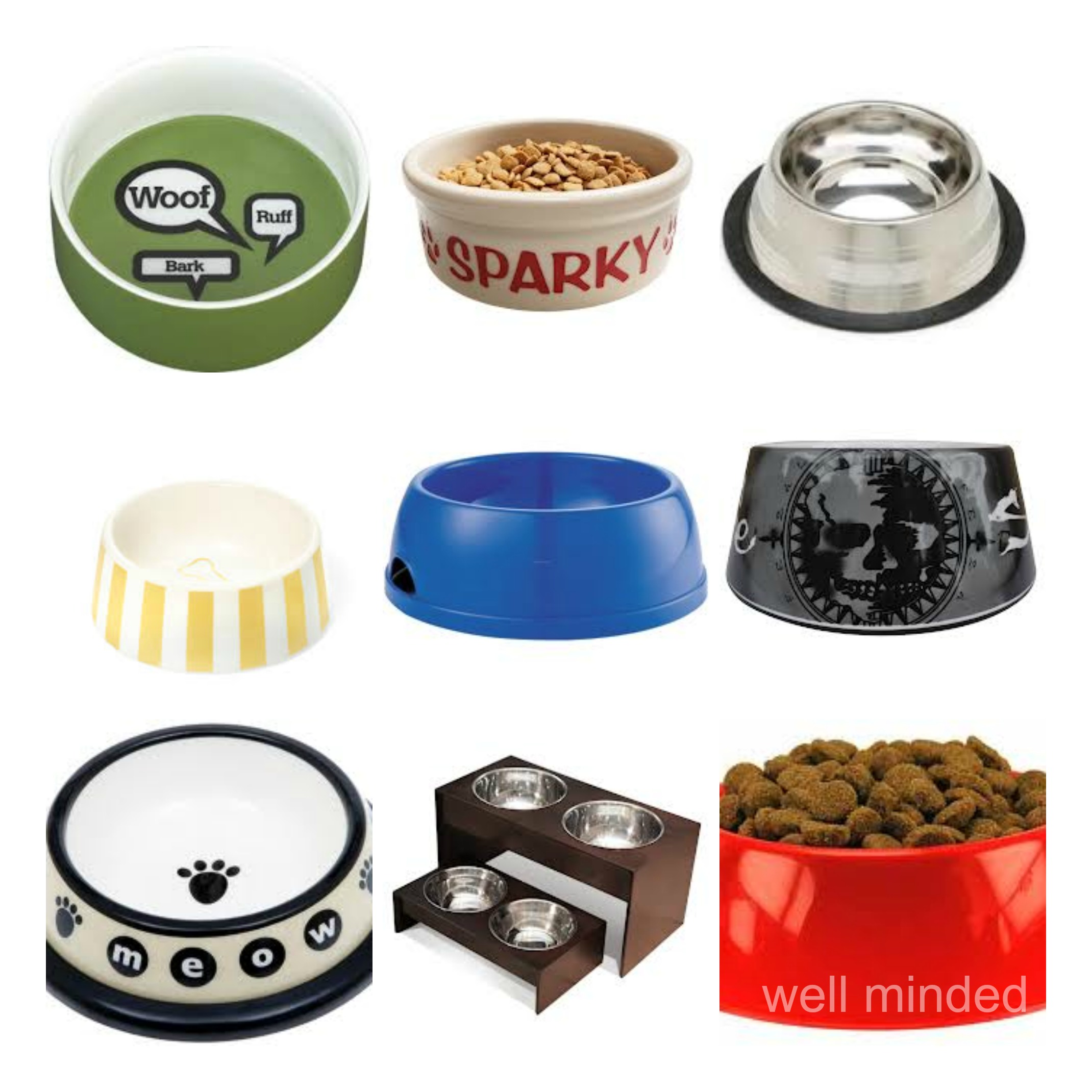Whisker fatigue. It's a thing. It may not seem like your cat's whiskers are doing much, but they are hard at work all the time. Let's take a look at what whiskers are, what they do, what whisker fatigue is, and how you can help your cat.
whisker fatigue in cats: how you can help. Discover the signs of whisker fatigue and learn how you can help your cat.
what are whiskers?
Many people think cat whiskers are cute additions to the face like the whiskers a man grows, or the ones ladies get as they age (not cute), but they aren't. Cat whiskers are actually sensitive touch receptors. They are long and quite stiff and connect to the cat's muscular and nervous systems, more deeply in the cat than their fur. They are more sensitive then fur or human whiskers and provide a cat with information about its surroundings.
Whiskers are located on either side of the cats nose and upper lip, above each eye (shorter), and also on their jaw line and the backs of their front legs. Aside from being cute, they perform important functions.
what do whiskers do?
A cat's sensitive whiskers help him in many ways, including playing.
Whiskers provide cats with important information about their surroundings. The end of each whisker contains a receptor that sends sensory signals to the nervous system and brain. These receptors are very sensitive to small changes in the environment and help the cat determine if it can fit into a tight space, respond to vibrations (helpful for hunting prey, or more commonly for our indoor domestic cats, in times of play), and measure distance. All of this, together, helps them with balance, which is why cats are so agile and "always land on their feet."
Some people think that trimming or cutting off their cat's whiskers is a part of grooming. Please don't! Without these important sensory receptors, cats can become disoriented, which can cause them great stress and fear. Whiskers shed and grow back naturally. It's best to let nature take its course.
what is whisker fatigue?
Since a cat's whiskers are so sensitive, if they are constantly stimulated, the cat may experience whisker fatigue or whisker stress. The most common way this occurs is if the cat is forced to eat out of a straight- and/or high-sided bowl. When the cat puts his face into the bowl to consume his dinner, the whiskers repeatedly touch the sides, which, at the least, can be annoying to the cat, and in extreme cases can be quite painful.
what are the signs of whisker fatigue?
Some common signs of whisker fatigue are:
• the cat leaves food in the bowl, but is still hungry
• the cat pulls food out of their bowl with their mouth or paw, then places it on the floor and eats it off the floor (this can get messy)
• food aggression toward other animals in the house
• standing by the bowl before eating for a period of time, pacing around the bowl, or being hesitant to eat, though hungry
how can you help?
Even if you don't see signs of whisker fatigue in your cat, it's best to get rid of any straight-sided or high-sided bowls that stimulate the whiskers. The best way to help is to make sure your cat has a shallow bowl. Though a saucer will work, there are some spectacularly-designed cat bowls that are made specifically with sensitive whiskers in mind.
Could your cat be suffering from whisker fatigue?
I sometimes see signs of whisker fatigue in cats whom I pet sit for, and thought it's always a bit awkward to correct a client when I see that care for their pets could be improved, I try to gently let them know that the bowl they have chosen may be contributing to the undesirable behavior they are seeing. Typically pet parents notice and become frustrated when their cats remove food from bowls and create a mess to clean up. I like to try to suggest specific bowls they might try.
Our friends over at Sweet Purrfections recently reviewed the Whisker Free Stress Dish from Trendy Pet. Their gorgeous Persian cats Brulee and Truffle struggle with whisker fatigue that is compounded by their breed-specific short (flatter) faces. Though there are a variety of well-designed–even quite stylish–options out there, the dish they prefer is an excellent option and well worth checking out. Their review is great, and you'll get to see pictures of her gorgeous cats if you head over there to check it out.
Have you seen signs of whisker fatigue in your cat? Which cat bowl does your cat like best?
YOU MIGHT ALSO ENJOY
understanding ear-tipping in feral cats
patiently impatient cat is hungry and would like someone to share: video




